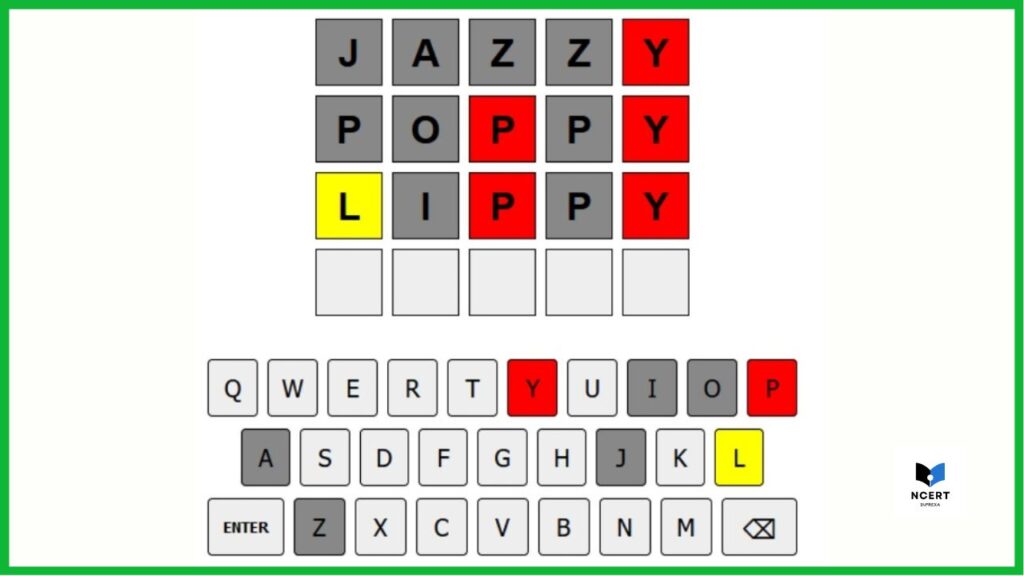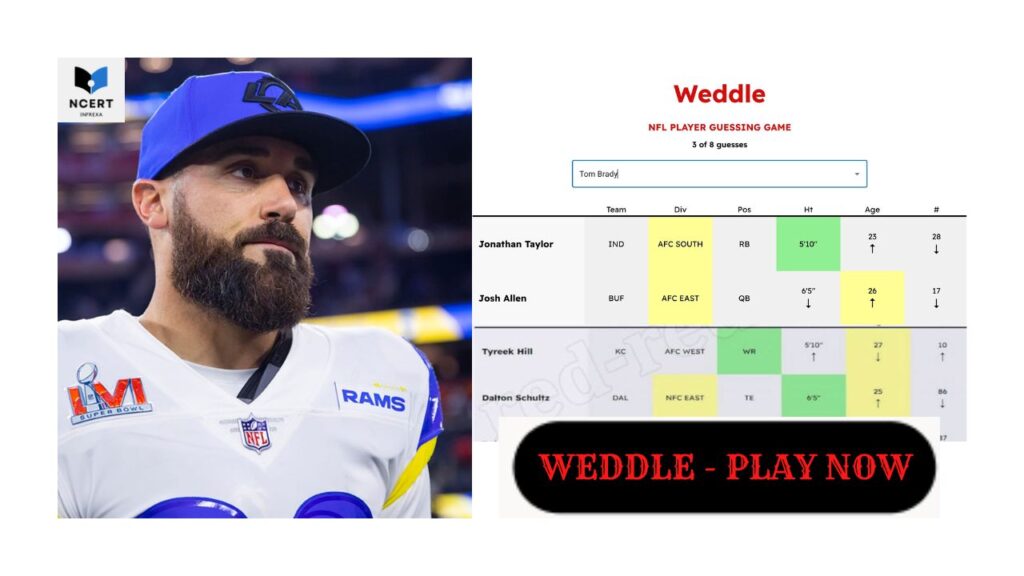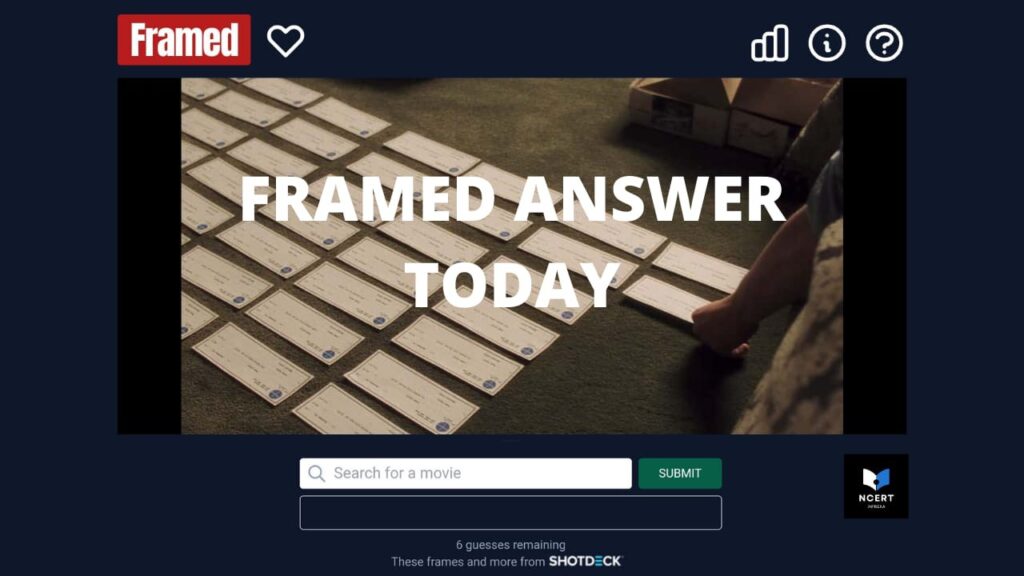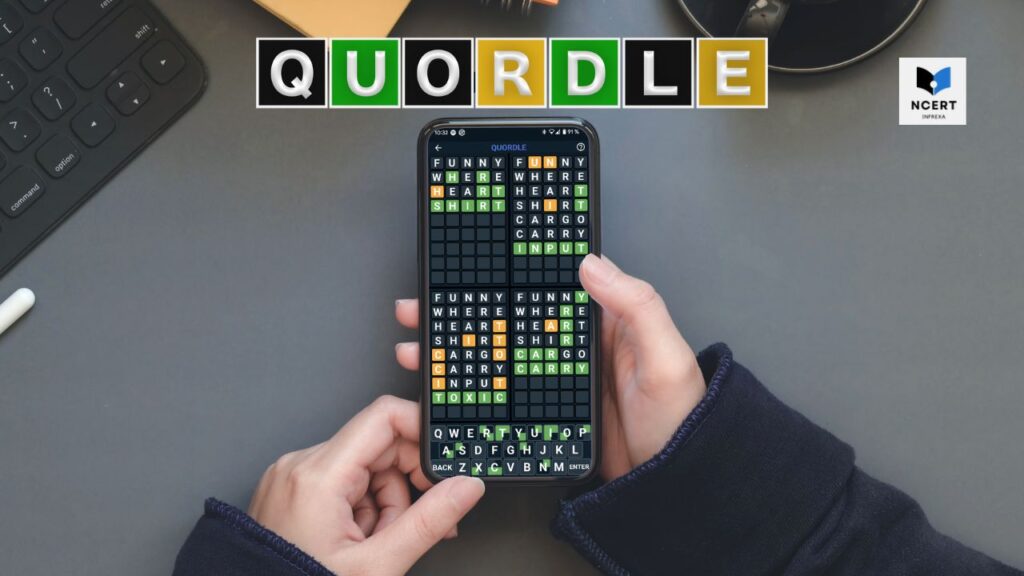AntiWordle is a puzzle that works opposite to Wordle’s rules where your objective is to avoid guessing the target word for as long as possible. The colors change from the standard game, and the clues become mandatory constraints, forcing you to navigate a narrow path toward strategic defeat. The goal is to maximize your turns before running out of valid words.
The Anti-Clue System
In AntiWordle, the color feedback creates a new set of constraints for all future guesses. Learning what each color forces you to do is the key to longevity.
| Color | Meaning | Mandatory Future Action (The Constraint) |
| Gray | Letter is NOT in the word. | This letter CANNOT be used again in any future guess. |
| Yellow | Letter is in the word, but in the WRONG spot. | This letter MUST be included in every subsequent guess, but NEVER in the same position again. |
| Red | Letter is in the word and in the CORRECT spot. | This letter MUST be included in every subsequent guess and MUST remain in this RED spot. This is the deadliest clue, as it brings you closer to the inevitable win. |
Expert Strategy: The Goal Should be Maximum Gray
The secret to winning AntiWordle (by lasting the longest) is to treat your first few turns as an effort to maximize the number of Gray tiles while delaying the appearance of Red tiles. You want to eliminate as many available letters as possible.
1. The Low-Frequency Opener
Your starting words should be packed with letters that are least likely to be in the final word. This quickly locks them to Gray, which reduces your available letter pool for future guesses, ensuring you have more options for safe words later on.
- Avoid: E, A, T, O, I, S, H, R, N
- Target: Z, Q, X, J, K, V, B
Make our first guess Effective for example – a popular, low-probability starter sequence would be JUMPY and VAZES. This pair tests nine unique, uncommon letters and two key vowels, netting you a high number of Grays immediately.
2. The Yellow Curse
The Yellow tiles are the real challenge. Once a letter turns Yellow, you must use it every time. This limits your safe word choices.
When a Yellow tile appears, your next guess must serve two functions:
- Include the Yellow letter(s) to satisfy the Constraint.
- Maximize Information. Place the Yellow letter(s) in the new positions where you haven’t tested them yet. This is an information gamble: you might turn the Yellow to a dreaded Red, but if it stays Yellow or turns Gray (meaning you’ve eliminated a spot), you’ve gained more overall control.
3. The Red Dilemma
A Red tile is a sign that the game is ending soon. Once a letter is Red, it is fixed in place, and you have essentially solved 20% of the word.
The Counter-Move: When you get a Red tile, you must immediately guess a word that clears the remaining unknown slots by using the most efficient, non-Red letters you have left. The goal shifts from maximizing Grays to simply finding any word that isn’t the solution.
The key to AntiWordle mastery is to never aim for the solution and always choose the word that gives you the maximum number of new Gray tiles, extending the game one strategic turn at a time.
Popular Alternatives
If you enjoy puzzles that flip the script, you might like Absurdle, which actively changes the target word after each guess to avoid being solved, or Octordle, which makes you manage eight Wordle grids simultaneously.
AntiWordle is a community-created Wordle spin-off. Now that you know the strategy, try AntiWordle online on its official site and test how long you can avoid winning!




